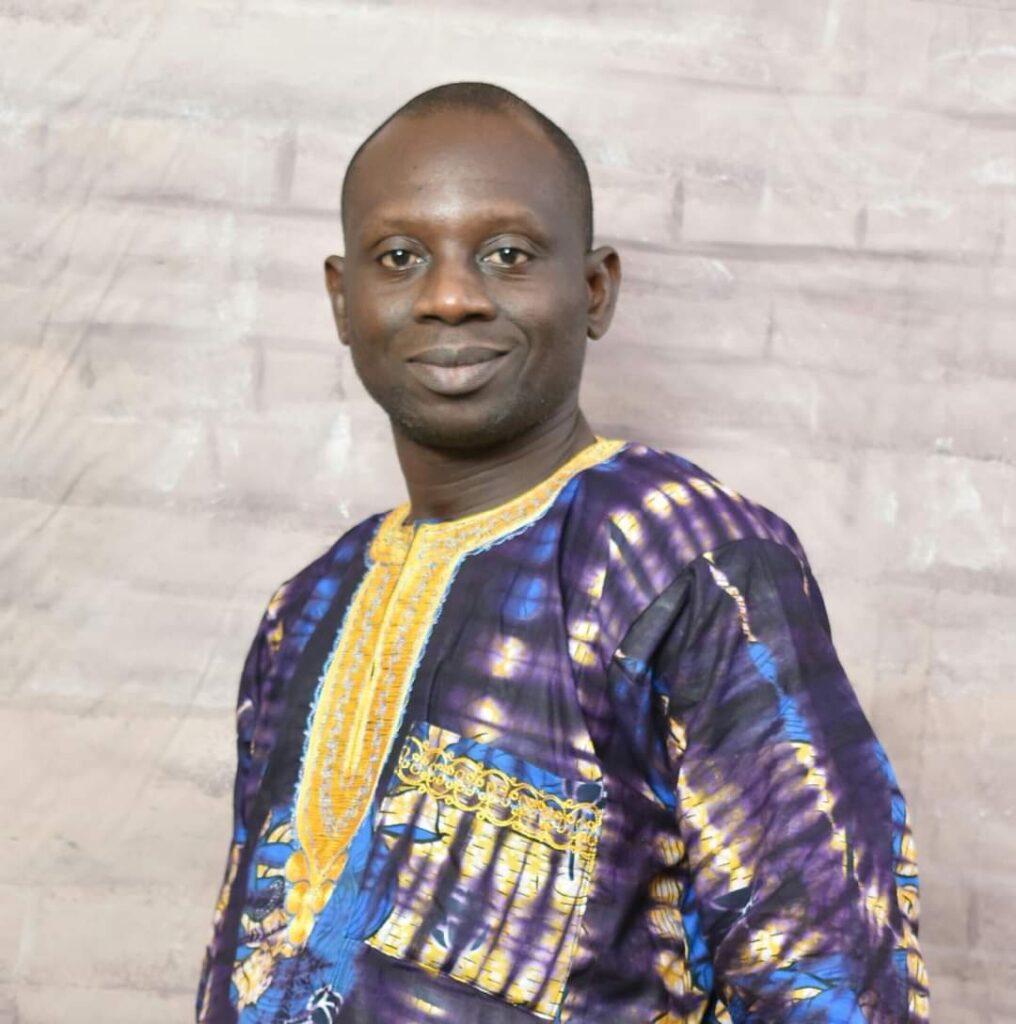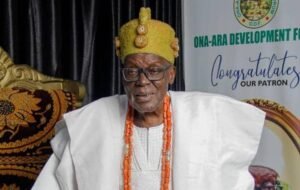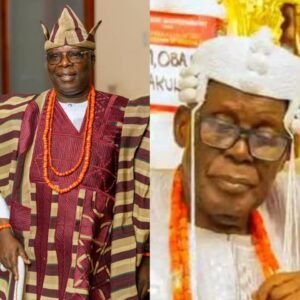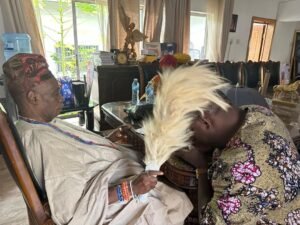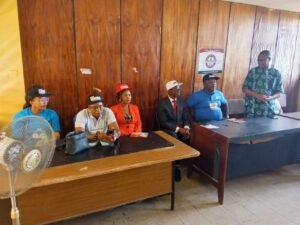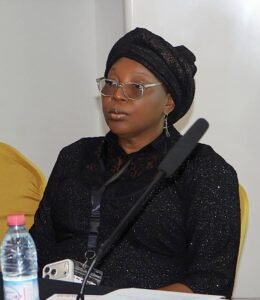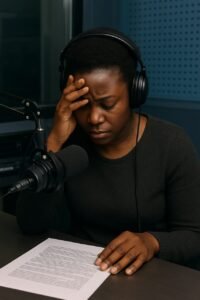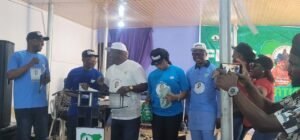‘Fighting Fibroids’: A story of fear, faith and triumph, by Michael Olatunbosun
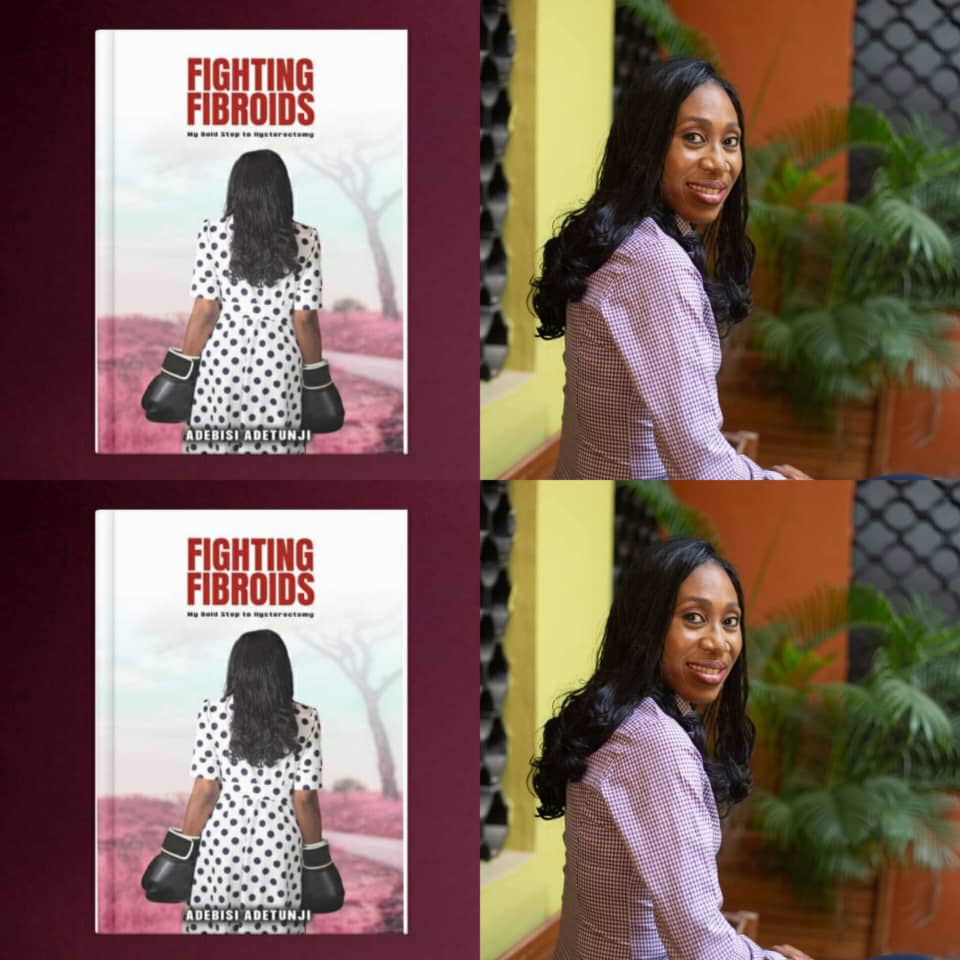
Adebisi Adetunji’s: “Fighting Fibroids: My Bold Step to Hysterectomy (Fairchild Media and Crown Delight Communications, 2024),” discusses the author’s battle with fibroids and provides inspiration to other women who might find themselves in a similar situation in the course of their lives. It is a testimonial on the author’s arduous journey of surgery, recovery and faith-induced triumph. So Adebisi writes: “I decided to document my hysterectomy surgery experience and journey necessitated by the need to remove my 19-year-old fibroids to encourage other women who may need to go through this same procedure. It is a scary and daring option, but sometimes, in life, we need to make the decision to make a not-so-easy choice to stay healthy. Just know that you are not alone, and you can get through this.” (p5)
In the book’s first chapter, she recalls her battle with fibroids which was discovered some months into her marriage.
But she became pregnant and a scan indicated that she had fibroids but not to worry as her baby would be fine despite the fibroid. So she had the baby, but the doctor did not remove the fibroids, in spite of the fact that she had to undergo Caesarean Section. A layman would have expected the fibroids removed at that point. However, the doctor gave a strange advice (p6): leave the fibroids there since you are able to conceive. “Since I was able to conceive even with the fibroids, my doctor advised that I and my husband should wait till I was done with childbearing before doing anything about removing the fibroids.”
For the avoidance of doubt however, the author reports (p7) that if it is not a hindrance to conception, some women live with fibroids all their lives, and they are able to live their normal lives. Since she belongs to this rather lucky group of women, she writes: “I hoped and decided that I was going to live with the fibroids and not bother myself about them.” And it has to be removed 19 years later, after medical advice. However, it was not without some attempts to seek alternatives.
In this book, Adebisi reports that she “came across traditional options for getting rid of fibroids” including some testimonies of the efficacy of the natural methods. But after trying out one, she abandoned the idea. And she took the faith-prayer way to get rid of the fibroids (chapter two). But at some point, she came to realisation that sometimes, God wants “the way of the doctors and hospital to bring healing” and she submitted to that option eventually, recalling that “the knowledge of science, doctors, and health workers is a gift from God to solve some human problems, especially regarding health and well-being.” (Pp8-9)
The narration in this book is uniquely down-to-earth, and the author’s vulnerable moments are laid out, making the book a clearly honest account. In the third chapter of the book, Adebisi states that at the point of deciding for surgery to remove the fibroids, especially hysterectomy, she feared for her life. She basically developed cold feet, after finally finding a hospital for the operation. But she found encouragement in an old school mate who had undergone the hysterectomy surgery, and only came for a quick check up at the hospital. The sisterhood came through for her.
Adebisi confesses that many women living with fibroids run away from the surgery especially to try out many alternatives thrown in their faces. Essentially she was also offered these options, but she was sceptical about them, hence she opted for the surgery. But her old school mate gave the impetus. She reports (p11): “This meeting really helped to boost my confidence and resolve to go ahead with the surgery.” Also, one key element in the author’s decision to forge ahead is her confidence in the process which is born out of the power of information in her possession. Some of the things that she did included researching about the procedure and discussing with women who underwent the procedure, staying healthy by eating healthy and avoiding stress. Others include emotional and spiritual preparation, involving family in critical conversations about the situation, among other things.
In this book, the author seeks to give the reader, especially fellow women, potent information about fibroids and hysterectomy. So after her surgery, she gets her doctor, a consultant obstetrician and gynaecologist, to expatiate the nitty-gritty of fibroid and hysterectomy. This section (chapter five) of the book is thus a go-to section for all women, especially those of reproductive age, on all matters fibroids and hysterectomy, ranging from detection to treatment. Then the author gives us a snapshot of her hospital and surgery experience (chapter six), including checking into the hospital, preparing for surgery, and the post-surgery processes.
But the full post-surgery experience of the author is laid out for the reader in chapter seven of the book. And here, the author provides a whole array of exercises and dietary specifics that will help healing and recovery. But as you try to recover, you discover that your routines and prescribed regimen will task your body and your mind. So the author has words of counsel (Pp26, 27): “Your mental well-being will be tested, so pay attention to your state of mind. Do things that will lift your spirit and mood… As you recover, there will be blue days and mood swings, don’t allow yourself to sink down into self-pity and depression. Think of what you are grateful for, and listen to soul-uplifting songs, motivations, and healing messages if you are a faith person.”
In Fighting Fibroids, the reader is drawn into feeling like a part of the family. This is of course possible with the no-holds-barred, down-to-earth narration, which also brings out the humane side of the author and her family. In the work therefore, the reader’s veins are tugged at by the vulnerability of the author. In short, the reader is drawn into becoming emotionally attached to the author: you sympathise and empathise with the author, and instinctively nominate yourself into her family as a brother, a sister or child.
Thus, reading the section of the book where the husband bares all is on the one hand touching, and encouraging on the other. Knowing that the couple is as open and forthcoming to discuss and work to make things work, to make the healing work, is both pleasing and encouraging.
Ultimately, this eleven-chapter work is a factual recollection of the author’s experience with fibroids for almost two decades. It is a well-researched book containing potent tips on coping with trauma, pain, anxiety and other pre- and post-surgery scenarios for all persons, including patients and non-patients alike. It is also a text on faith and courage. In fact, to be diagnosed to have fibroids and to subject one to (particularly) hysterectomy is a jolting position to be in. And the author has in these pages, great tips for wading through the tough days with prescriptions on what to do, what not to do, and who to consult when in need of succour.
Olatunbosun is a broadcast journalist, fact-checker and book reviewer at Splash FM 105.5, Ibadan. He can be reached via molatunbosun@splashfm1055.com, X and Instagram @miketunbosun


